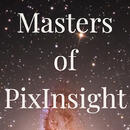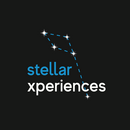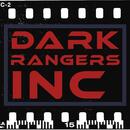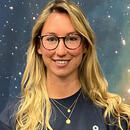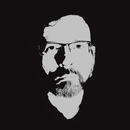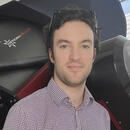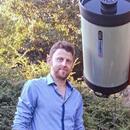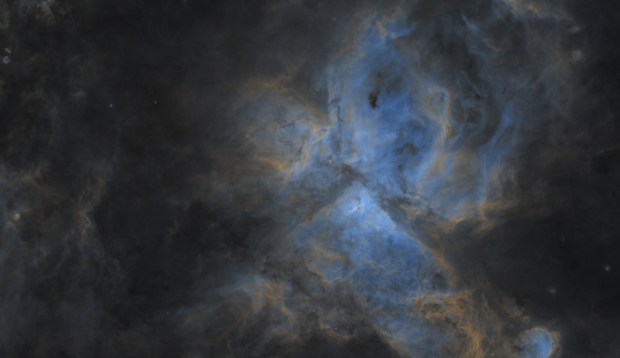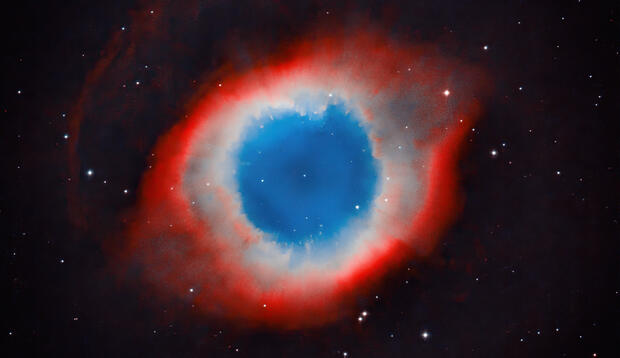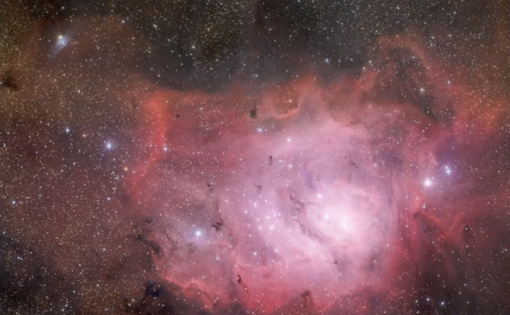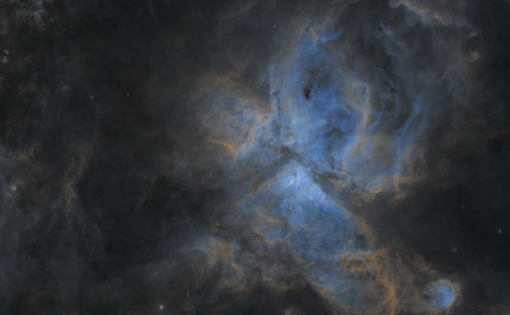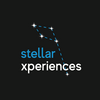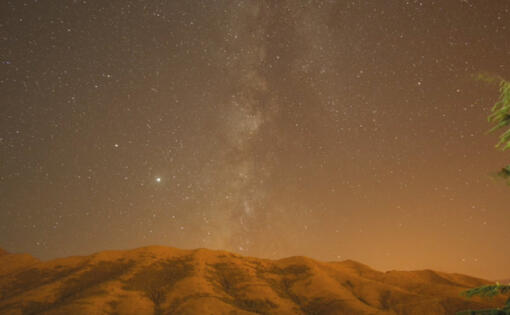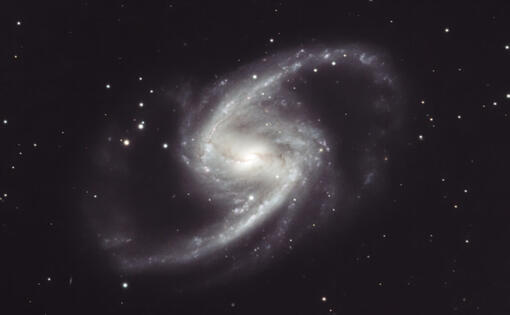Our tutors
Most Popular
All Tutorials
Ancient Echoes of a Forgotten Sky
[ Premium ]
Ancient Echoes of a Forgotten Sky
In this talk given by Adam Block, he will discuss how we portray astrophotography images and how our choices of field of view, resolution, and color affect how we process and publish our astronomical images. Adam will also discuss the theory of natural beauty, how we interpret beauty in both landscape and astrophotography, and where these preferences come from.
The Ultimate Astrophotography Toolkit for Beginners
Introducing the Ultimate Astrophotography Toolkit for Beginners: a FREE Video Series That Will Open the Gates to the World of Astrophotography - No Experience Needed
---
ATTENTION: To download the Siril scripts, scroll down this page till the specification list. You will find the download button under “Associated dataset”. Now click on the Download button. You will be redirected you will be redirected to our forum where you can download the zip file of the scripts. Follow the instructions contained in part 2 of this video series to learn how to use them on Siril.
Part 1: SIRIL is the most powerful tool for both new and veteran astrophotographers, in addition to being free and open source it has many tools and features that make it ideal for astrophotographers getting started. In this video we’re going to download SIRIL and pick out a suitable one-click observation to download. It’s everything you need to get started with this tutorial series.
Part 2: Scripts are a very important part of processing your Telescope Live images, this video will show you how to easily integrate scripts into your SIRIL workflow to make registering and stacking your Telescope Live images much easier. Additionally we will have a look at the various framing tools and different types of data that these scripts can work with.
Part 3: One thing every astrophotographer needs to know is histogram manipulation. In this video we will look at two different methods for histogram manipulation to get the most information out of your data. This video will take the newly created colour images (thanks to the scripts) and turn them from a few stars into a magnificent astrophoto.
Part 4: After you’ve brought your image to life with some histogram stretches, you’re going to want to make sure your image is colour accurate. This video will show you how to process the green noise out of hubble palette images, as well as a colour correction method that can be applied to all astro images. Finally we will enhance the saturation to enrich the colours within your image.
Part 5: A quick sidestep here to StarNet ++; this powerful tool allows you to completely remove the stars from any nebulae image. While it is personal preference, in this tutorial we’re going to be applying this process to our image to focus solely on the nebulosity.
Part 6: Finally to wrap up, we’re going to look at a very easy to use sharpening tool to further enhance the details in your astro image. This powerful tool is very easy to use and can be used for most astro images. Finally we’re going to crop and frame our image to a region of interest and post it on the Telescope Live gallery.
Create Milky Way with MacOS (Starry Landscape Stacker)
From our partner StellarXPeriences, co-founder Can İnellioğlu guides you through creating amazing Milky Way images using the image stacker Starry Landscape Stacker.
Milky Way astrophotography has always been challenging on MacOS, however with Can’s tutorial you will be able to create stunning images like never before.
Intro to Affinity Photo
[ Standard ]
Intro to Affinity Photo
If you are new to astrophotography and you are trying to understand which post-processing software is the right one for you, then this series is what you are looking for. In these videos, Telescope Live co-founder Alex Curry will guide you through the four leading software dedicated to astrophotography. You will get a quick and raw demonstration of how you can post-process a picture in about 5 minutes with Siril, Astro Pixel Processor, Affinity Photo or Pixinsight.




